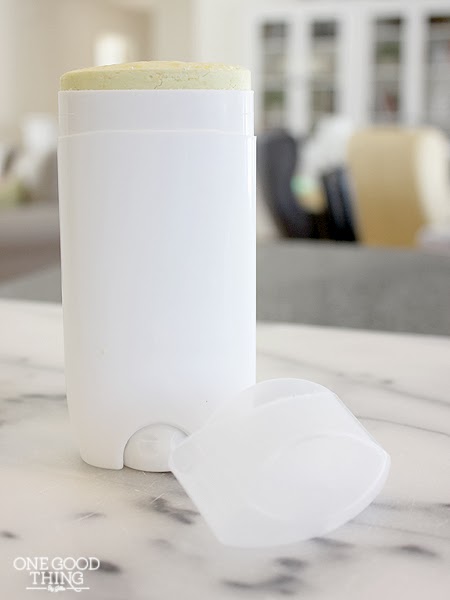Diaper Rash on a Stick
The frustrated mom was coming back to my clinic for the third time in 2 weeks. Her daughter’s stubborn diaper rash would not go away. “I use the ointment, it goes away. I stop the ointment, it comes right back. What else can we do, Dr. Natasha?”
On third glance, I was puzzled. Her daughter seemed to have a simple case of yeast diaper rash. The rash was bright red, had classic “satellite lesions,” and was clearly bothersome to the baby. I reviewed the care instructions with the mother, and she had done everything right. Prescription ointment. Frequently changed diapers. Air time. Why was the rash not going away?
Just as I was beginning to discuss other possible options with the mother; she grabbed her diaper bag, pulled out a diaper cream stick, and began vigorously rubbing the contents all over her daughter’s infected skin.
“Have you been using that stick the whole time?” I asked.
She nodded.
“I think we have the answer,” I said, reassuringly. “It’s the stick. It’s infected. Once you stop using the prescription and start using the stick, it’s like you are smearing the infection back on her skin.”
She rolled her eyes and let out an I-should-have-known-that groan, as she tossed the stick in the trash.
...........
Diaper cream sticks are gaining popularity due to their easy-use packaging and fail-proof spill factor. The diaper cream stick is like a deodorant stick, just pop the cap and rub it on. The easy application leaves your hands free of goopy cream, helping to avoid one-handed-wrestling the diaper in place. The sticks are available where baby items are sold, but are most likely found in retail locations specializing in cloth diaper supplies. They contain various ingredients intended to provide a moisture-barrier on a child’s skin, and are often labeled as natural or organic.
Most baby and toddler bottoms will be completely fine with this method of diaper cream application. However, if the stick is used on infected areas, it may gather bacteria and yeast as it is rubbed on the skin. This increases the chance infection will occur with continued use.
For best success with a diaper cream stick:
- Use diaper cream sticks on visibly healthy skin. Apply to clean, dry skin for rash prevention.
- If your child gets an infectious diaper rash (yeast or bacteria), stop using the stick until your child’s rash is gone. Meanwhile, go back to the goopy creams and one-handed-wrestling, in addition to any treatment your doctor recommends.
- Once the rash is significantly cleared, re-introduce the stick after you have removed the top-most portion of the stick. This will prevent you from accidentally re-infecting your child’s diaper area. Better yet? Get a new stick.
- If you have more than one child in diapers, get them each their own diaper cream stick. This will eliminate the possibility of sharing yeast or bacteria from bottom to bottom.
Most common diaper rash will resolve withsimple care in 2-3 days. If you are concerned about persisting or worsening rash, please see your doctor. For other diaper cream recommendations, look at this list from the Environmental Working Group.




